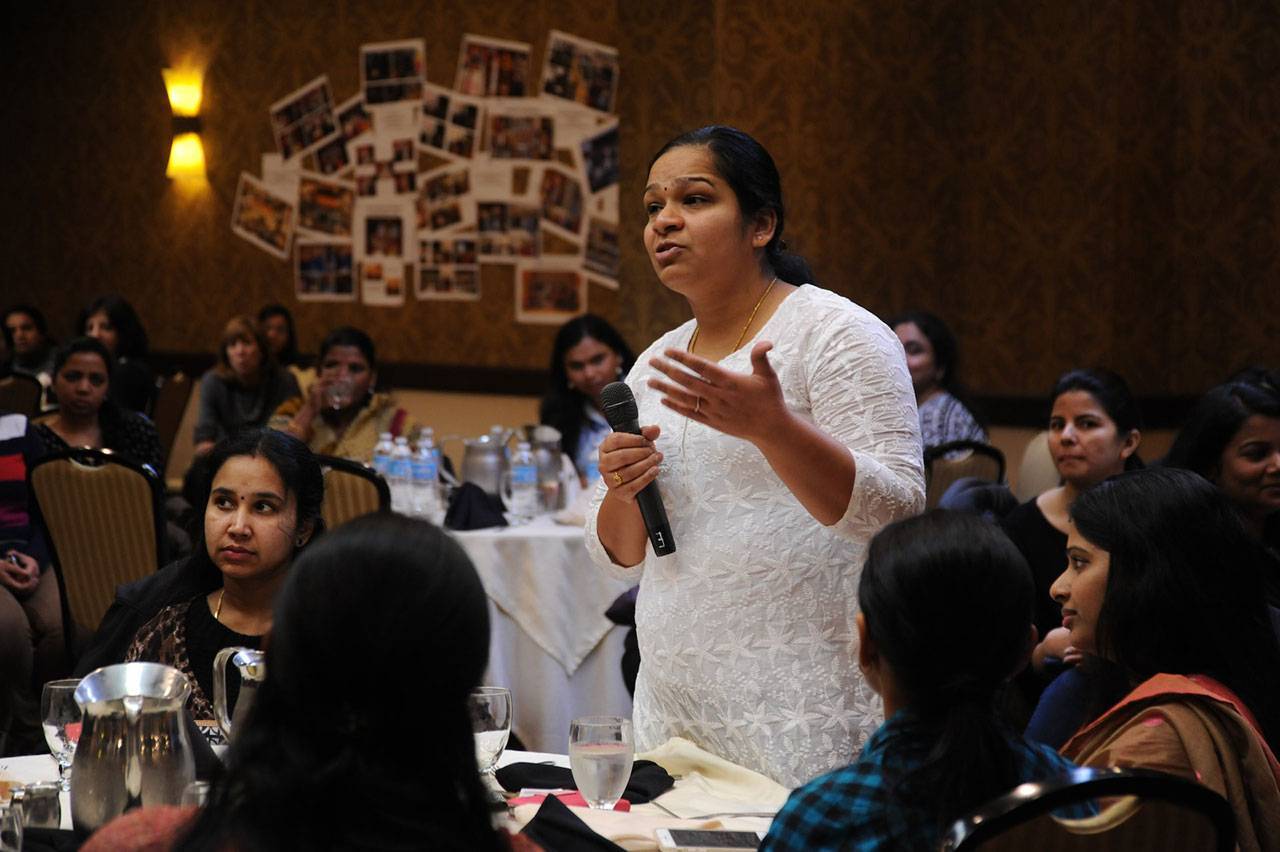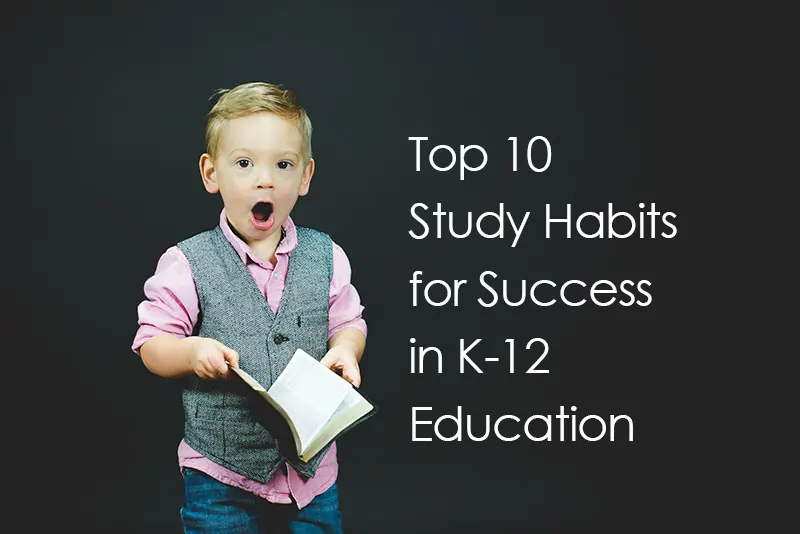Tips on How to Increase Student Engagement

Engaging students in tasks such as class discussions, debates, and hands-on projects is an effective way of improving academic performance and retaining knowledge. Participating in learning activities allows students to better understand the material and encourages them to take control of their learning experience. When students are actively involved in the learning process, it boosts their confidence, increases their motivation, and creates a positive classroom environment where each student can contribute equally. Student engagement should be taken into consideration when designing learning experiences to ensure that learners are motivated and inspired to learn.
How to Increase Student Engagement?
1. Classroom Discussion
Many children find it difficult to remain attentive when they are not actively participating. This can cause their interest to wane and make it hard for them to focus on a lesson or story that is being read aloud. To prevent this, teachers can create classroom discussions so they can engage in conversation with each other while still paying attention to the topic at hand. This way, teachers can ask questions and lightly discuss topics with the students without having them all talk at once, helping to keep everyone’s attention on track.
As per expert professors from CDR Writers Australia, classroom discussion is essential for student engagement because it helps create a collaborative learning environment and encourages students to think critically, practice communication skills, and make connections between the material they learn in school and their own experiences. It also allows students to explore different perspectives, ask questions, and share their own ideas with the class. This helps foster student curiosity and engagement, which in turn leads to a better understanding of the subject matter and improved academic performance.
2. Extracurricular Activities

Extracurricular activities can boost student engagement in a class by providing opportunities for collaboration, problem-solving, and creative thinking. By engaging in activities outside of the classroom, students can apply learned skills and knowledge to real-world scenarios. For example, a student may practice coding skills in an after-school club or participate in a robotics group to apply mechanical engineering studies. The combination of practical application with academic learning provides students with a full and enjoyable learning experience, which can then be applied in the classroom and increase engagement.
3. Ask Questions
Asking questions during class can boost student engagement by encouraging active participation in the learning process and helping to keep them engaged and focused. Asking questions also encourages students to think creatively and use critical thinking skills to develop their answers. For example, a teacher could pose an open-ended question to the class such as “What do you think are the benefits of studying history?” By doing so, the teacher is encouraging students to discuss different views, share perspectives, and come up with their ideas about the topic.
4. Provide Feedback
Teachers should take time to ensure students are properly engaged in their studies by providing frequent, timely, and specific feedback that emphasizes the role of effort and practice. This type of feedback is known as mastery-oriented feedback, as it encourages students to grow and persevere in their academic pursuits, rather than focusing on an assigned letter grade. Feedback can help to boost student engagement by providing students with a better understanding of their progress. This can help motivate them to keep striving towards their goals and give them insight into areas they need to work on in order to improve. Through feedback, teachers and peers can collaborate with each other to provide an environment that is both supportive and challenging, which can lead to increased student engagement in the learning process.
5. Gamify Learning
Games can boost student engagement in a class by providing a fun and interactive environment. Games can be used to practice skills, review materials, and encourage teamwork among students. Incorporating games into classroom activities encourages students to become more involved in the learning process and motivates them to participate more actively. Games can also help reduce boredom and open up opportunities for more creative and collaborative learning experiences. Games are a great way to practice knowledge, go over the material, and nurture cooperation among students.
6. Hands-on Learning
Establishing rules and expectations in the classroom can create structure and help students understand what is expected of them. When rules and consequences are laid out, it can provide students with a sense of direction and motivation to stay engaged. Research indicates that hands-on learning is one of the most effective ways to keep students motivated; it was specifically seen as beneficial for subjects such as visual arts, performing arts, computer science, and technology. This form of teaching was found to be highly rated by teachers of all grade levels, particularly when teaching elementary school students.
7. Change the Learning Environment
Taking students out of their classrooms and exposing them to different activities such as reading in a library, or taking part in group projects for their math class, can have a great impact on their academic performance. Studies have demonstrated that providing more engaging activities for students leads to higher levels of focus and attention, increased motivation, improved critical thinking skills, and makes the learning experience much more meaningful. The positive effects of active student engagement have been seen in various ways; these include improved performance in standardized tests, minimization of school dropout rates, and reduction of disruptive behavior in the classroom. All in all, increasing student engagement is beneficial to everyone involved.
8. Presentations
Presentations are a great way to keep students engaged throughout a lesson by providing visual support, like interactive images, videos, and animations. This can also create an opportunity for student participation, as they can be invited to answer questions or add their comments. To further increase engagement, presentations can be interactive, enabling students to draw on slides or use clickers to answer questions. Finally, teachers can customize the presentation to meet the needs of their classroom, adjusting the content to better suit the needs of the students.
Conclusion
It can be clearly seen that student engagement is a key element of the development of any student. Teachers should place just as much emphasis on engaging students, as there are those amongst them who may take more time to become comfortable in unfamiliar environments. It is also essential to have extracurricular activities that complement academic learning, as it provides additional growth opportunities for the student. Therefore, it is imperative that both teachers and students work together in order to create an environment that fosters progress and growth.

